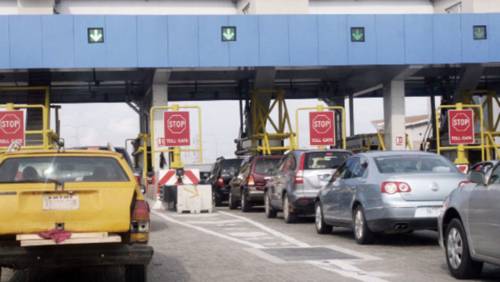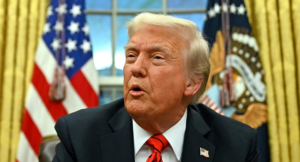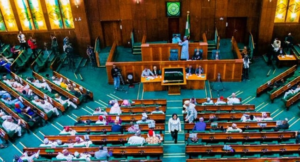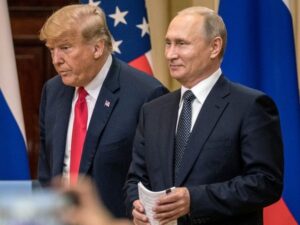
Fifteen years after the administration of ex-President Olusegun Obasanjo scrapped toll gates across the country, the federal government is making plans to reintroduce them.
Babatunde Fashola, minister of works and housing, disclosed this while briefing state house correspondents at the end of the federal executive council meeting.
Fashola, who was joined by Lai Mohammed, his information counterpart, said there is no law against toll plazas in the country.
He added that some of the logistics being worked out before the reintroduction include acquiring more lands that will provide up to 10-lane plazas.
“Where are we in PPP and toll gate, let me just clarify this impression about toll gates. There is no reason why we cannot toll, there is no reason. There was a policy of government to abolish tolls or as it were, dismantle toll plazas but there is no law that prohibits tolling in Nigeria today,” he said.
“We expect to return toll plazas, we have concluded their designs of what they will look like, what material they will be rebuilt with, what new considerations must go into them. What we are looking out now and trying to conclude is how the backend runs. And that is important because we want to limit significantly if not totally eliminate cash at the plazas while ensuring that electronic devices that are being used do not impede rapid movement.
“We are also now faced with the need to acquire more land to establish the width of the toll plazas because I believe we are looking at 10-lane plazas so that there can be more outlets. So we need to acquire more land, that is the work that is currently being done now.
“But let me also say that the expectation that collection of tolls will then produce the replacement cost of the road is perhaps not accurate because the traffic toll count that we have done on major highways does not suggest that there is enough vehicular traffic across all roads.”
He also spoke on measures being considered in order to avoid situation where the tollgates would compound traffic woes.
“The two or three heavy routes are the Lagos/Ibadan, Abuja/Kano, Abuja/Lokoja. Now, Lagos /Ibadan the heaviest traffic you will find is between Lagos and Shagamu, it is about 40 thousand vehicles. After Shagamu, heading to Ibadan drops to about 20 thousand. So most of it has gone eastward going towards Ondo and Ore and by the time you get Benin, the number significantly drops,” he said.
“It goes up again at the confluence where they are heading towards the Niger. So, you can see that it is not a static 50,000 all the way. Same thing with Abuja, Kano, Zaria. After Kaduna, the traffic significantly drops. It is about 40,000 there too but after Kaduna it begins to drop by the time you get to Zaria. If you have driven to that road before, by the time you are driving between Zaria and Kaduna you see how thin the recurring number of vehicles you meet is and as you begin to head closer between Kaduna and Abuja, the number of vehicles begin to increase.
“So I think it is important to have that at the back of your mind, not all roads have those traffic counts.
“I also want to let you know that what we are doing is not accidental, we are being deliberate and methodical. So collecting information to know what to do with, which place and what.
“Going to PPP, I say that in the context of people arrogate PPPs to the right to toll, no, government can also toll. That is the point and that will happen without taking private sector fund.”
The minister also disclosed that the council had approved additional N15.765 billion for two roads in the country.
The roads are Suleja-Minna-Lambata road and Ibadan-Lagere-Ilesa bypass.
He said the two roads contracts approved on Wednesday were upward review from initially approved rates.
On the 101km Suleja-Minna-Lambata road, he said FEC also approved additional N12.6 billion, while additional N3.165 billion was approved for the Ibadan-Lagere-Ilesa bypass.









